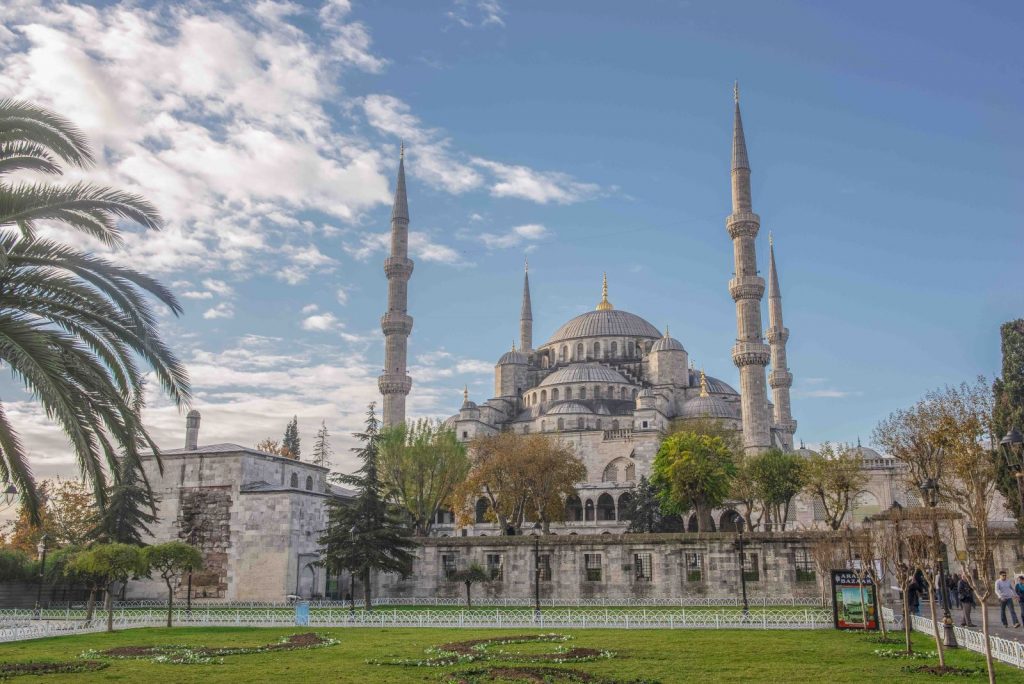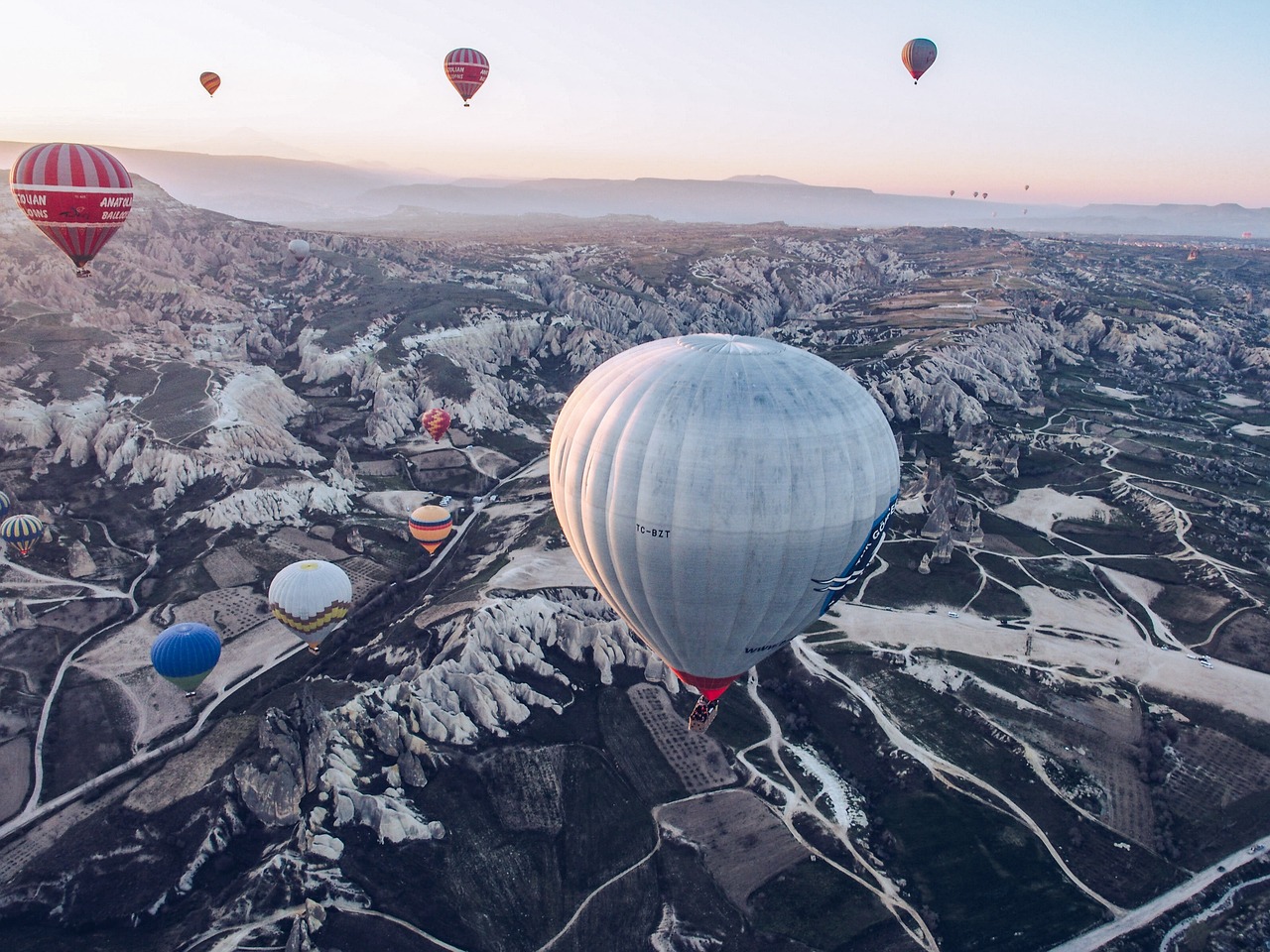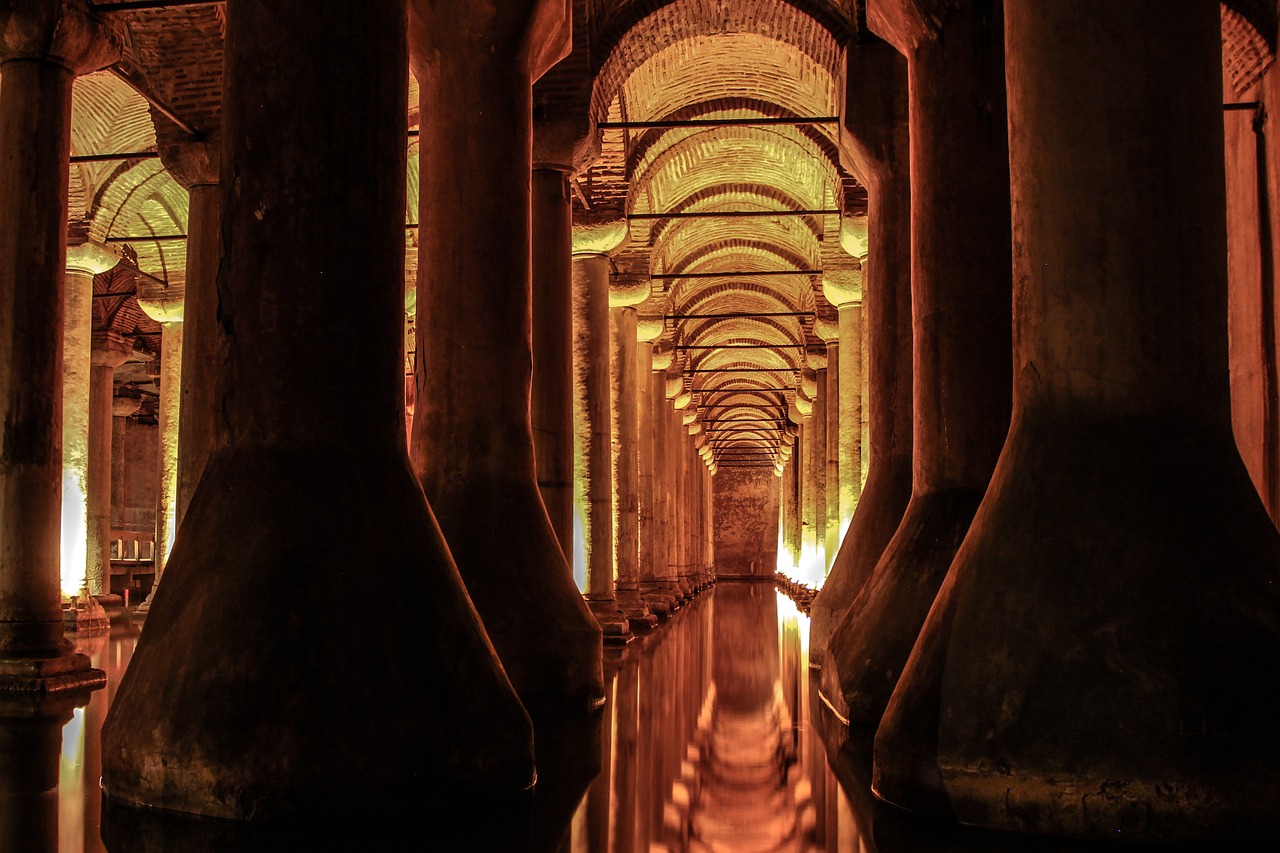The Blue Mosque is located on the European side of Istanbul, in the historical center of the city of the same name, in Sultanahmet, not far from the shores of the Sea of Marmara.
The mosque is opposite Hagia Sophia and is one of the symbols of Istanbul. The Blue Mosque is also a true masterpiece of Islamic architecture, and therefore you can see many visitors from all over the world every day.
History of the Blue Mosque
The Blue Mosque was built by architect Sedefkar Mehmet Agha in 1609-1616, in the southeast of the old Hippodrome, across from Hagia Sophia.
Sedefkar Mehmet Agha, a student and chief assistant of Mimar Sinan (the architect of the Kanuni Sultan Suleyman Mosque), wanted to surpass his teacher in construction. To build a mosque in Hippodrome Square, Byzantine buildings and many early Ottoman structures were destroyed.

The Blue Mosque was built on the orders of Sultan Ahmed I, and as a result, it was named Sultanahmet.
Later, the mosque was called the Blue Mosque by the Europeans because the decorations of the mosque were made of Iznik tiles, painted in blue and white colors, and the half domes and the giant dome of the mosque were decorated with blue patterns.
Thanks to the combination of these details and the light falling from the 260 windows, the mosque’s interior look blue. The mosque’s central dome, which is 43 m high and 23,5 m in diameter, is supported by four strong columns with a diameter of five meters.
Blue Mosque Minarets
The unique feature of the this mosque is its minarets. Generally, the number of minarets in a temple depends on their size and importance. A simple rural mosque may have one minaret; four minarets surround large mosques.
There are six in the this essential mosque! The four minarets are located at the corners of the mosque and have balconies.
Two more minarets are placed in the courtyard. According to the existing legend, the architect misunderstood the sultan’s order.
Inside the Blue Mosque
The interior of the mosque is no less attractive than its exterior design. The spacious hall breathes light. This achieves thanks to its substantial size (53 x 51 meters) and an incredible number of specially designed windows (approximately 260 in total).
This vital mosque arose because of the tiles that adorned the temple’s interior walls. This is a handmade tile made to order in Iznik factories. In total, architects used about 20,000 such tiles in the interior.
Besides the highest quality, a distinctive feature of Iznik ceramics is the color scheme- primarily white and blue. The ceiling of the domes decorates with sutras from the Qur’an and other quotations from respected sages. The mosque floors are carpeted as usual, while in the this mosque, it is red and cherry.
The historical part of the city, where the mosque locates, eventually got its name. In summer, the area next to the mosque often becomes a venue for various light and sound shows and installations.
What Hours is the Blue Mosque Open?
The mosque is permanently active. It opens its doors at 5.30 am with the first azan and serves until sunset. If you want to attend this worship, you will often be allowed, even if you aren’t a Muslim. However, don’t forget to respect the beliefs and traditions of another. During prayer, you cannot take pictures, interfere with those who pray, talk, or make noise.
It is most convenient to go to the mosque in the intervals between prayers:
- From 8.30 to 11.30
- Between 13.00 and 14.30
- From 15.30 to 16.45
On Friday, there is a big prayer that Muslims don’t usually miss. It is better to plan a visit to the mosque after 13.30 in the afternoon, as it significantly crowds at these times.








